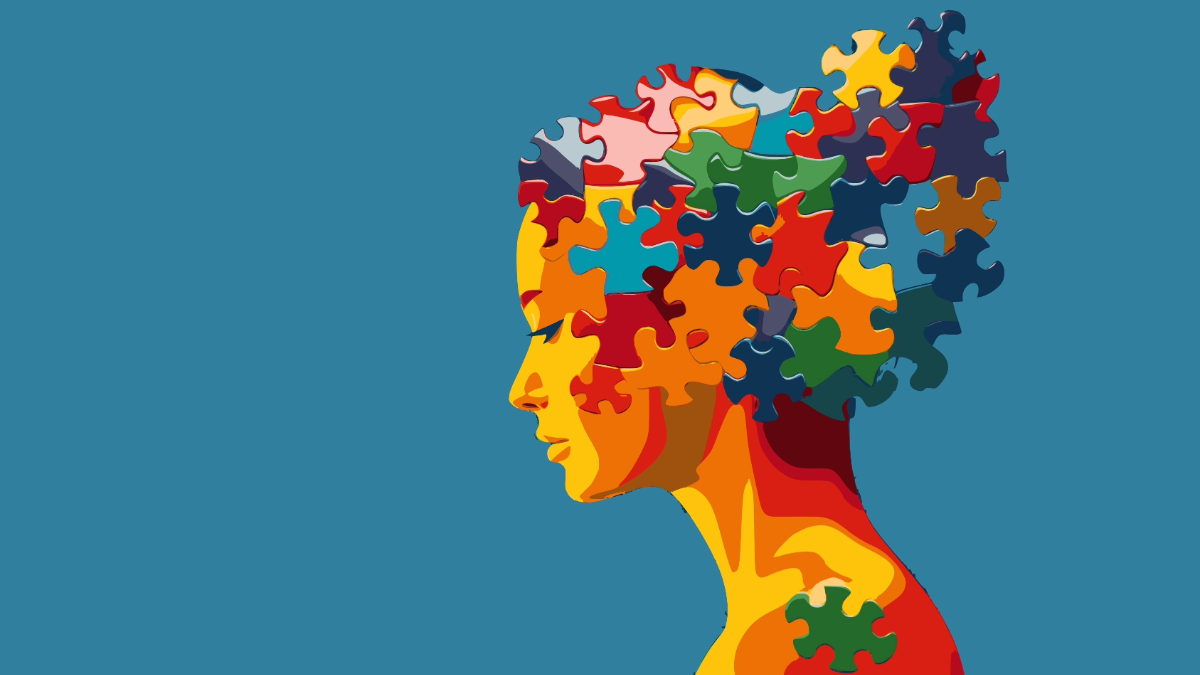Power of Neurodiversity: Why Software Needs a Revolution
Dr. Rachel F. Adler / Sep 16, 2024Dr. Rachel F. Adler is an Associate Professor in the School of Information Sciences at the University of Illinois Urbana-Champaign and a Public Voices Fellow through The OpEd Project.
Neurodiversity is gaining recent media attention as Democratic Vice Presidential candidate Tim Walz referred to his son’s non-verbal learning disorder, ADHD, and an anxiety order as his secret power. US Supreme Court Justice Ketanji Brown Jackson recently revealed her daughter is autistic.
Despite this growing attention, too few websites and apps are designed with neurodiverse users in mind. While universities in the US are beginning to integrate software accessibility into computing curricula, the focus on designing software that can benefit neurodiverse individuals remains limited. As an Associate Professor in the School of Information Sciences at the University of Illinois Urbana-Champaign, my recent research with a colleague and students highlights the critical need to teach software design that accommodates and benefits neurodiverse users.
Neurodiversity, which includes ADHD, autism spectrum disorder, and dyslexia, presents unique challenges for individuals, yet it also comes with many unique strengths. People on the autism spectrum often excel in logical thinking, while individuals with ADHD can demonstrate exceptional attention to detail when engaged in areas of interest. Those with dyslexia frequently display creative thinking skills.
However, software design often fails to accommodate neurodiverse users. For example, websites or apps with cluttered interfaces can overwhelm users with ADHD, while those sites that rely heavily on text make it harder for individuals with dyslexia to process information. Additionally, certain sounds or colors, such as bright colors, may be overwhelming for someone with autism. Users do not have to adapt to poorly designed software. Instead, software designers must create products designed to meet these user needs.
Waiting to receive software accessibility training on the job may be too late, as software designers and developers will need to relearn foundational skills. Moreover, accessibility still does not seem to be a priority in the workplace, with most job postings for relevant positions not requiring these skills.
In higher education classrooms, it is important to incorporate neurodiverse perspectives into design education, alongside addressing difficulties that affect vision, hearing, and dexterity. Including accessible design in the curriculum for computer science is also essential as it becomes present in more K-12 education. And building those fundamental skills early benefits students when they enter higher education.
During my team's recent session on accessibility with high school students, one student remarked, “It’s not only for people with disabilities. It benefits everyone.” With over one billion people worldwide experiencing a disability, training future designers and developers to make accessibility a core part of university computing curricula is vital for creating a more inclusive world.
In addition to teaching accessibility, educators should ensure their teaching practices are accessible to neurodivergent students. This may involve providing additional time for assignments and exams, allowing flexible participation in class discussions, and using multiple modes of instruction, such as visual aids, auditory explanations, and hands-on activities.
However, research shows that instructors face barriers such as the absence of accessibility in current curricula and, more generally, a lack of accessibility knowledge. Offering faculty training and resources is key. This could include workshops on accessible design principles and providing instructors with up-to-date resources like accessibility guidelines, toolkits, and case studies.
Raising awareness among faculty, administrators, students, and health advocates about the specific software challenges neurodiverse individuals face is crucial, as many may not recognize the need to educate students, instructors, developers, and designers about accessibility for these users. Neurodiverse individuals face distinct software challenges; for instance, autistic individuals may struggle with figurative language, such as idiomatic expressions or non-literal proverbs, commonly found on websites or apps. Using clear and direct language can significantly improve software design to meet the needs of neurodiverse users.
Designing software with accessibility in mind enhances usability for everyone. Accessible design principles not only benefit individuals with disabilities or neurodiverse users but also improve usability for a wide range of people. For example, using plain and direct language and avoiding idioms not only benefits autistic individuals but also aids non-native English speakers.
Prioritizing accessibility is more than just a best practice; it’s a strategy that empowers diverse users and elevates the overall user experience. Incorporating it into the development process widely can help ensure that technology is truly inclusive in the future and unlocks the potential and “secret powers” of all users.
Authors

